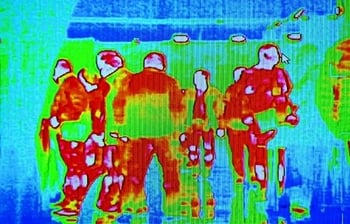The COVID-19 pandemic has had a swift and profound impact on every corner of the global economy. Disrupted supply chain networks and restricted travel have complicated the operations of all organisations, particularly those with operations in remote locations where a significant portion of the normal workforce is Fly-In-Fly-Out (FIFO).
Local and central governments across the globe have reacted to slow the spread of COVID-19 by closing international and state borders, and many regions have restricted travel. To address this, some organisations have temporarily relocated their FIFO workforce (sometimes with their families), so they are closer to operational sites, while others have lengthened rosters to minimise handover time and reduce risks introduced by travel. In Perth, a leading miner has introduced the equivalent of a ‘road-side breath test’ where a small blood sample is taken via a finger pinprick which is then processed to detect viral-related antibodies in the individual’s blood. Once on site, gyms are closed, social events ceased, local travel restricted, and food is pre-served or pre-packaged to further reduce potential transmissions. Meanwhile, offshore oil and gas producers have established hotel camps to isolate incoming employees from infection sources and begin monitoring symptoms prior to mobilisation.
While some restrictions will lift as the situation evolves, travel may remain difficult as many airlines are in distress with lower volumes and significantly reduced flight schedules.



Angus Wells has 25 years experience working with capital intensive businesses to improve performance. He has helped turn around mining and oil and gas businesses operating in remote and difficult conditions with FIFO and residential workforces in Australia, NZ, PNG and Indonesia.

Andrew is a globally experienced management consultant and industry professional with a background in business improvement, operations management and engineering across the mining, construction, utilities and oil and gas sectors.
Click to download a printable version of this article
| We actively reduce the climate impact from our operations and invest in community-based climate solutions to balance remaining carbon emissions |